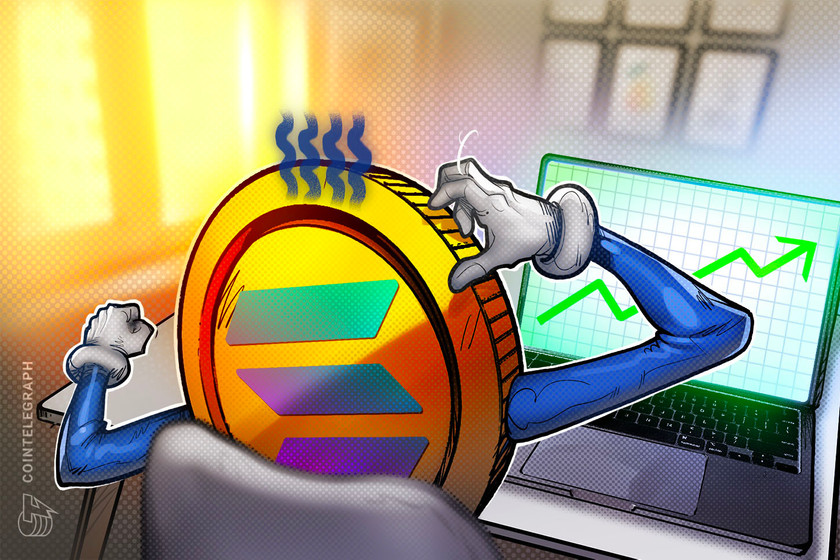
Bitcoin has more than doubled in price since the FTX collapse a year ago, but several other coins such as Chainlink have seen ever bigger gains since.
It's been a year since the demise of the FTX exchange — an event that's now increasingly looking like it was the Bitcoin (BTC), which is up roughly 120% from a year ago.
In November 2022, the FTX collapse wiped nearly $300 billion off the market cap, impacting several cryptocurrencies. The ones that suffered the most were tokens with deep financial ties to FTX, including Solana (SOL), Serum (SRM), and the exchange's own token, FTX Token (FTT).

But a year later, things have not only improved for BTC, but for most cryptocurrencies impacted by the FTX collapse.
Here are the top-gainers (from the top-30 by market capitalization) that would have yielded the biggest profit if bought in November 2022.
Solana up 660% from FTX crash bottom
Solana's price plummeted by over 50% to $8 after the FTX collapse. The selloff occurred primarily because FTX and its sister firm, Alameda Research, held about 55 million SOL, triggering fears of a dump to plug liquidity holes.
Nonetheless, buying SOL a year ago would have produced a profit of over 660% today.

Solana's gains have largely stemmed from an overall upside sentiment in the crypto market, led by hopes about a Spot Bitcoin ETF approval in the U.S. At the same time, SOL's price has also benefited from subsiding fears about a potential dump by FTX.
#FTX
— Curb◎ (@CryptoCurb) November 14, 2023
FTX has sold 6,986,554 $SOL in the past few weeks, for ~$280.2M $USD.
They are completely OUT of unlocked $SOL.
The only $SOL they have exposure to is locked up, most until 2027-2028, just in time to sell the bottom of the next bear market.#SOLANA can commence UP ONLY. pic.twitter.com/Qu2z843oxS
FTX Token rival OKB is up 275%
OKX crypto exchange's token OKB was among the least-affected tokens by the FTX fiasco. Moreover, it has benefited greatly in terms of price after its top rival went bust.
Buying OKB at the FTX-led bottom of $17.20 a year ago would have yielded investors a 275% profit today.

OKB's price gains were Binance's loss, and its token BNB (BNB) has underperformed the market significantly as the exchange faces legal pressure in the United States.
BNB has underperformed many of the top-30 cryptos over the past year, up only 16% from the FTX-bottom.
Chainlink
Chainlink (LINK) had fallen by up to 40% following the FTX collapse. But its lower exposure to the crypto exchange, coupled with development updates, has resulted in a sharp price recovery since the event.
Notably, buying LINK in November 2022 at $5.68 would have produced over 180% profits today.

Factors that helped LINK price rally in recent months include the launch of a new proof-of-reserve product, growing adoption, and increasing demand among professional investors as suggested by Grayscale's Chainlink trust trading at a 170% premium to LINK's spot price.

This article does not contain investment advice or recommendations. Every investment and trading move involves risk, and readers should conduct their own research when making a decision.











































